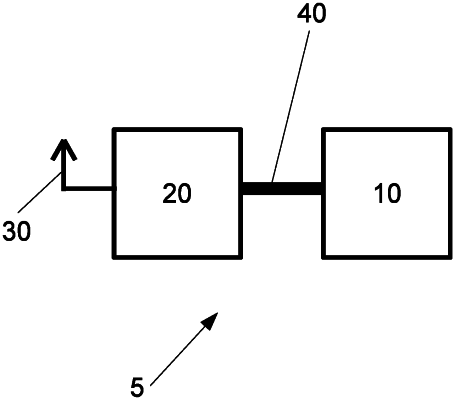| CPC H04L 63/123 (2013.01) [H04L 63/1425 (2013.01); H04W 4/40 (2018.02)] | 8 Claims |

|
1. A vehicle-to-X communication arrangement comprising:
a vehicle-to-X communication device that has a functional-safety level below Automotive Safety Integrity Level B (ASIL B) and that is configured to receive vehicle-to-X messages having a respective signature and to forward said messages in an unmodified condition including the signature;
a control module of a motor vehicle, wherein the control module performs driving-assistance functions in compliance with at least the ASIL B functional-safety level, and the control module is configured to receive the forwarded vehicle-to-X messages and to perform a safety check with each forwarded message based on each forwarded message's respective signature;
wherein the vehicle-to-X communication device comprises: a PHY/MAC layer, a network layer, and a security layer;
wherein the control module of the motor vehicle comprises: a facility layer and an application layer;
wherein the control module of the motor vehicle and the vehicle-to-X communication device are connected to each other by a vehicle bus in order to exchange data and are each configured to independently execute a respective signature verification of a vehicle-to-X message by decrypting a hash value that is contained in the signature with a public key that is also contained in the signature, calculating a hash value from the vehicle-to-X message, and determining whether the decrypted hash value is identical to the calculated hash value in order to ensure that the control module of the motor vehicle performs driving-assistance functions in compliance with at least the ASIL B functional-safety standard, while the vehicle-to-X communication module complies with a functional-safety standard lower than the ASIL B.
|